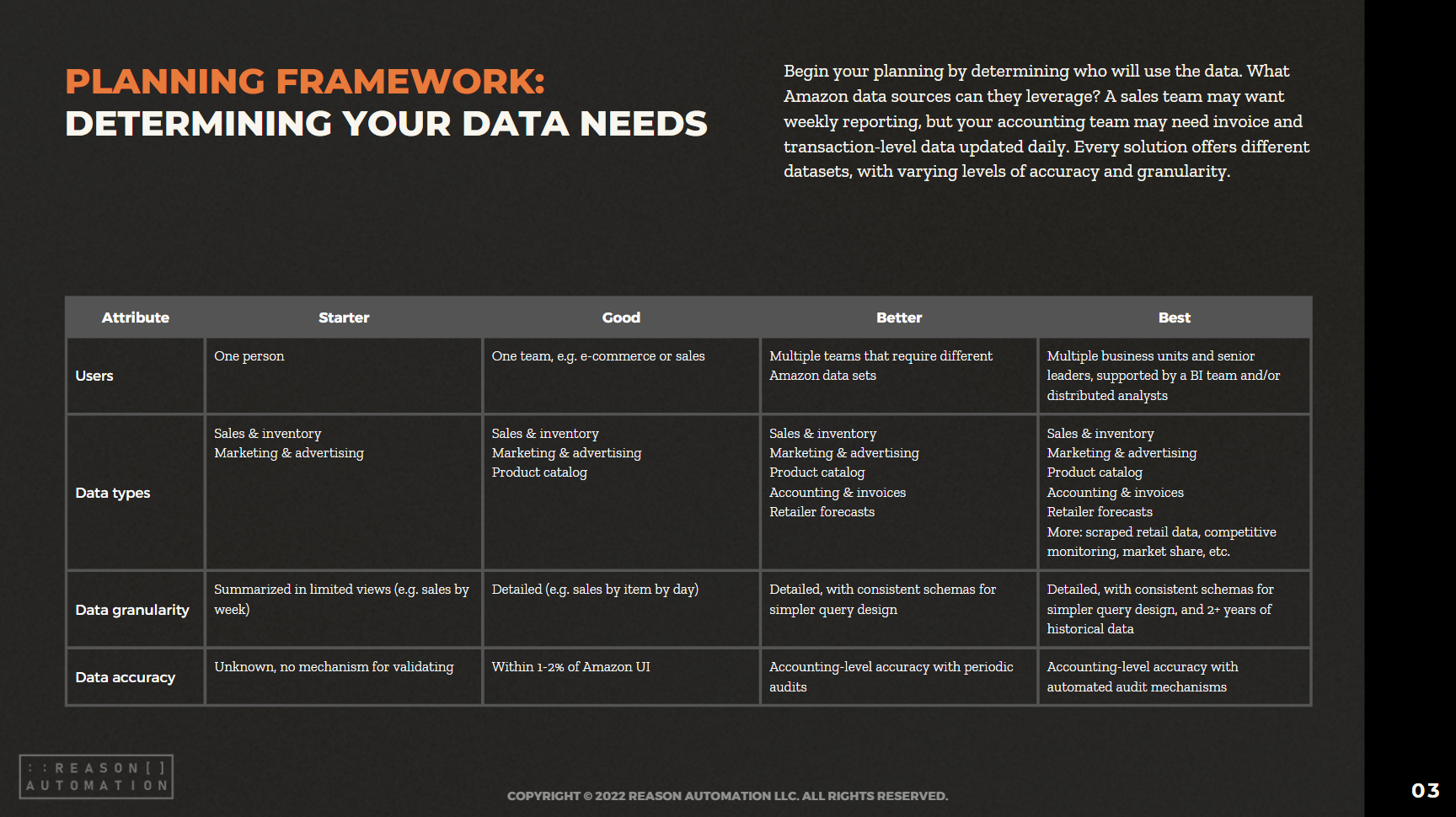What is Amazon Direct Fulfillment, and how you can take advantage of it
As a vendor, Amazon leans on you more than anyone to help make sure its digital shelves are stocked and its customers are happy. One thing the online retailer has been doing more of in recent years is looking to vendors to help them with shipping products so they can achieve efficiency savings.
One way Amazon likes to do that is through something called “direct fulfillment.” But what is it, and how does it impact you as a vendor?
What Is Amazon Direct Fulfillment?
What Amazon direct fulfillment (also known as dropshipping) basically means is that the Amazon vendor is filling the order on behalf of Amazon, rather than Amazon doing it themselves. In some ways, it’s like the opposite of Fulfillment By Amazon (FBA): you, as a brand, are selling the product to Amazon, and Amazon then sells it to the customer, and then pays you to ship that product directly to the customer who bought it.
How Is This Different From Amazon’s Relationship With Sellers?
On the face of it, this sounds similar to the arrangement Amazon has with sellers. After all, sellers take orders from customers and fill those orders themselves. And while it is similar in practice, transactionally it is different. Because at the end of the day, as a vendor, Amazon is your customer, not the person who buys the product off Amazon.
That means it is still considered a wholesale transaction, as Amazon is still buying products from the brand. It’s just a different means of fulfillment.
Why Does Amazon Do This?
The reason why Amazon sometimes uses direct fulfillment with vendors boils down to two factors: it’s more efficient, and it allows them to continue selling an item that is out of stock.
More Efficient
Sometimes, Amazon doesn’t want to use their own warehouse space; they’d rather you just ship that product to the buyer straight from your own warehouse. Larger items are often best for direct fulfillment. After all, why would you take a bedframe, ship it to an Amazon warehouse and then have Amazon turn around and ship it to the end customer? This would be an inefficient way to do things, so Amazon in these situations opts to cut out the middleman and have the vendor ship the product themselves directly to the end customer.
This is not as common with smaller items, because most vendors just don’t have the level of distribution and reach that Amazon has. But Amazon will resort to direct fulfillment as a means of increasing efficiency and getting some savings when it comes to shipping, which is one of the most significant expenses the online retailer has. Even a small percentage savings in the area of shipping would be a huge boost to Amazon’s bottom line, which is why they are keen on efficiency gains like this.
Continue to Sell Out-of-Stock Items
A second reason why Amazon would use direct fulfillment is if they have run out of stock of an item but would like to continue to take customer orders. According to a one-pager published by Amazon, it is important for vendors to set up a backup direct fulfillment channel to "maintain a continuous sales flow in the event Amazon warehouses go out of stock." When that happens, Amazon relies on vendors like you to fill orders while they restock their warehouses with the product. Once they are restocked, Amazon reverts to filling the products themselves.
What Are the Advantages of Doing Direct Fulfillment?
Dropshipping sounds like a pain if you’re a vendor and not something you really wanted to worry about, but it can increase your standing with Amazon and therefore help you secure better margins during negotiations. Remember, you’re saving Amazon money by doing this and helping boost the profitability of products, and that’s something you can use in your favor.
But beyond that, it helps you avoid missing out on orders. As the aforementioned Amazon one-pager notes: "Without backup Direct Fulfillment, when Amazon warehouses are out of stock, customers cannot order your product and you miss sales during the lead time to get inventory to Amazon."
If you want to increase the likelihood that Amazon tags you for direct fulfillment from time to time, focus on your delivery speed. Make sure you process orders as quickly as possible, as the faster you process items, the quicker the product gets to customers and the happier Amazon is. Deliveries that consistently get to the customer within the time frame specified is key when it comes to direct fulfillment.
How Can I Review Direct Fulfillment Data?
Direct fulfillment metrics are important to monitor as they will show you how successful you are with dropshipping and where you can improve. You can find this information in Vendor Central under "reports." Specifically, you're going to want to check out the following reports (click on the links to go to our Vendor Central Help Center and learn about what these reports cover):
You will have difficulty combining these reports for a deeper breakdown as it has to be done manually. Fortunately, there are multiple third-party services that can help you do this. We've created a free whitepaper to help you determine which one is right for your business. You can download it below.
READ MORE:
Turn Amazon Data into a strategic Asset
The breadth of Amazon sales, marketing, and supply chain data lets brands find patterns and insights to optimize their Amazon business and other e-commerce channels. But only if you have a plan for extracting the data from Amazon systems, storing it, and preparing it for analysis.
This guide will help you take ownership of your Amazon data—by preparing your business for a data-driven future, and analyzing the most common methods for extraction, automation, storage, and management.


